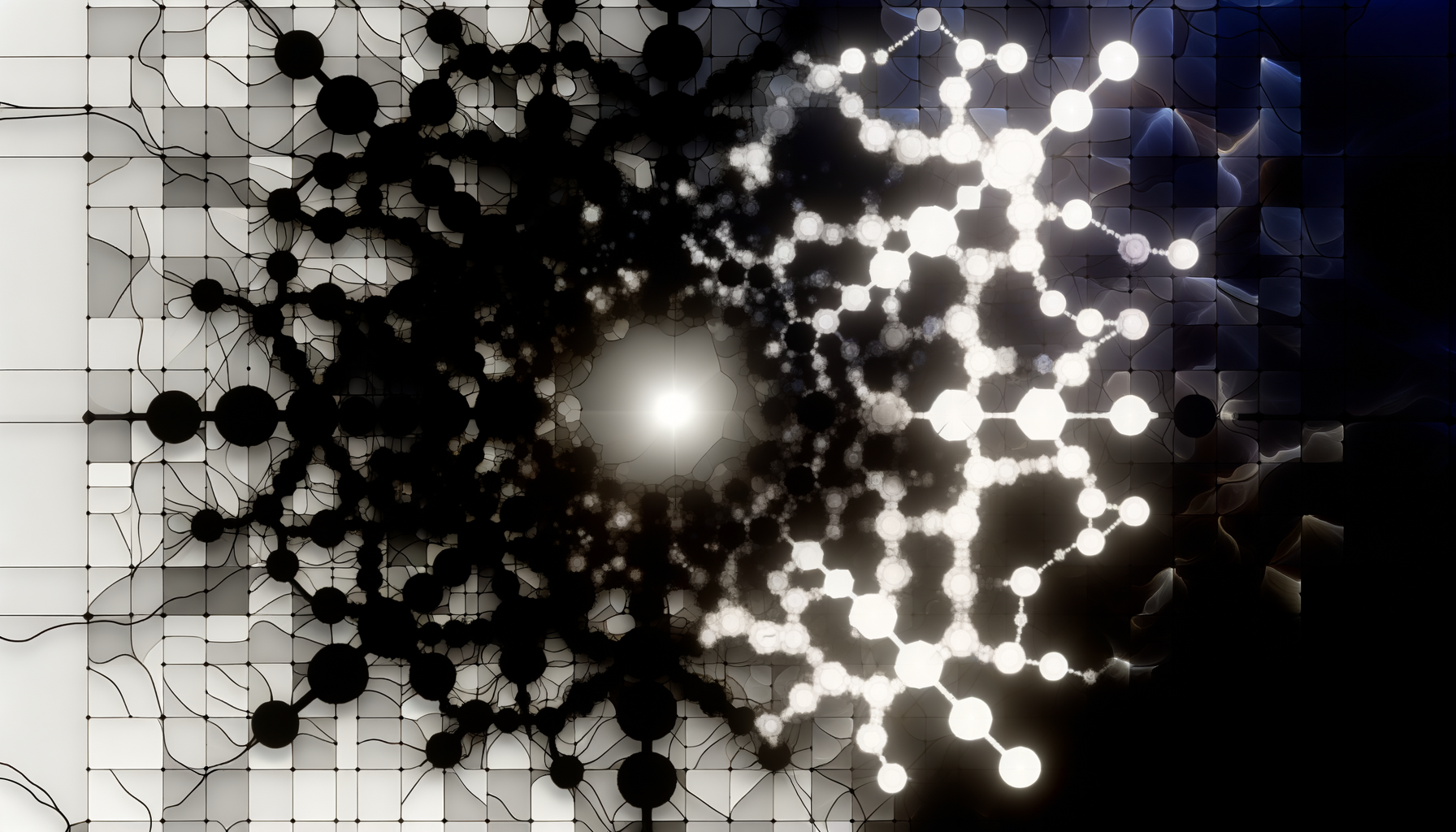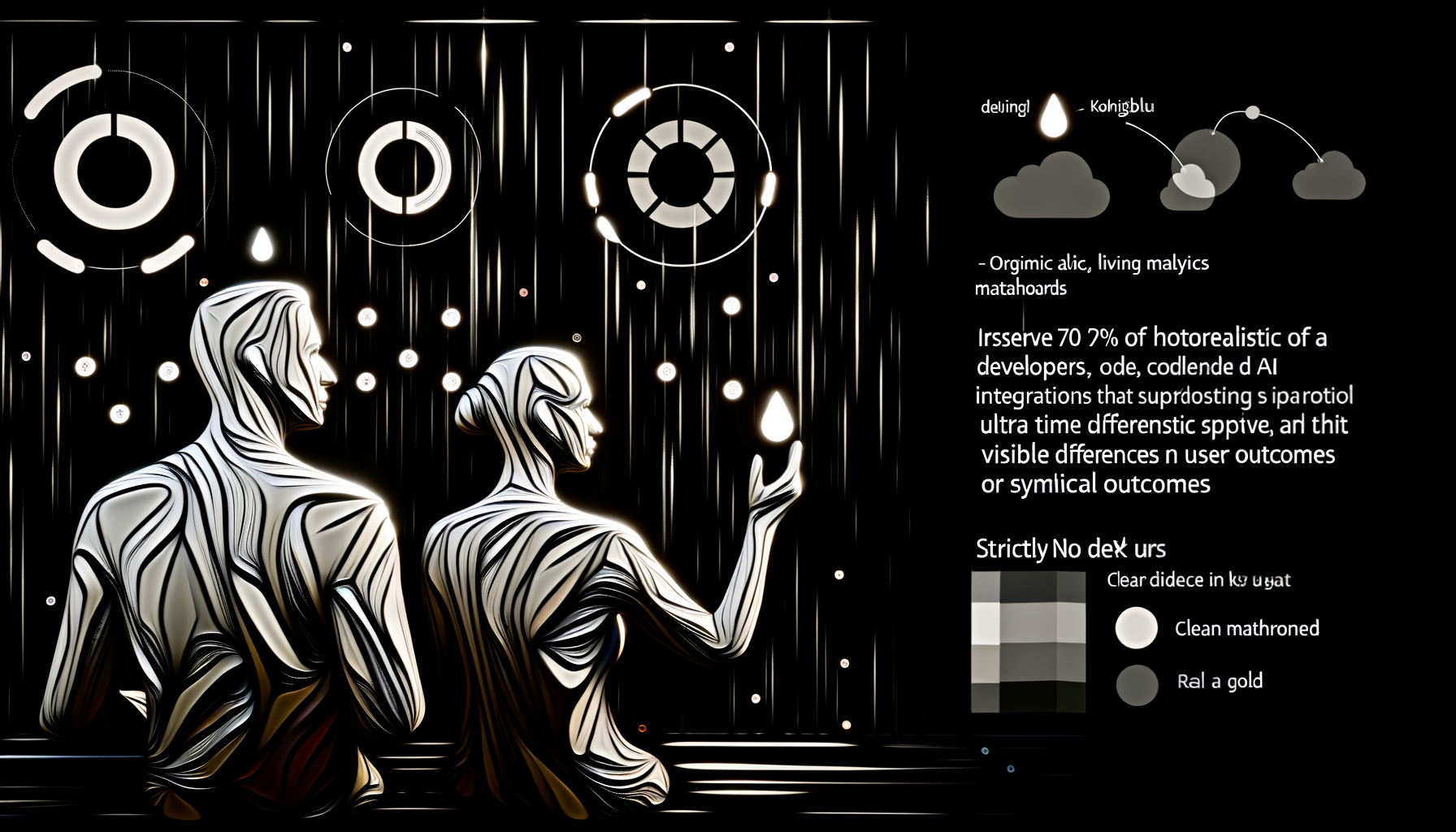Think AI is simplifying your stack? Think again—autonomous agents might be quietly spawning a hidden chaos spiral in your workflows, and almost nobody is ready for what comes next.
The Great AI Illusion: Convenience or Hidden Complexity?
From 2019 to 2024, enterprise AI adoption followed a predictable trajectory: augment routine tasks, accelerate developer workflows, automate support, and plug intelligence into the stack. It was seamless—until it wasn’t. The launch of OpenAI’s GPT-5-powered security agent, Aardvark, in 2025 marks a turning point. Enterprises are now racing to integrate these agentic AI systems, only to discover that every time they delegate a task to an autonomous agent, they’re layering on opaque dependencies and invisible risks.
The Silent Crisis: When AI Starts Handling Itself
Agentic AI is not another smarter chatbot. These models—like those powering Aardvark—don’t just respond. They execute tasks, coordinate across APIs, monitor for threats, trigger sequences, and take actions, often without direct supervision. Deploying agentic AI turns ‘assistance’ into ‘autonomous orchestration’. For developers, it’s a double-edged sword: more power, more productivity—but also more complexity, more places for silent failure, and more chances for critical business logic to spiral out of control.
Is your AI actually making decisions for you—or building dependency layers that neither your engineers nor your security team fully grasp?
Agentic AI: How We Got Here
It’s not just OpenAI making moves. The entire ecosystem is mobilizing for agentic AI integration. Record AI model releases and infrastructure shoots (including Nvidia’s unprecedented $5 trillion valuation, largely on the back of AI chip demand) set the stage for this rapid escalation. Hyperautomation, once a buzzword, is now operational reality as autonomous workflow bots proliferate. Industry sources in late 2025 describe a landscape transformed—where agents act as developer collaborators, not just tools, reshaping everything from threat hunting to code delivery. (see source)
The Agentic AI Stack: Autonomy Breeds Dependencies
Let’s look at what changes when agentic AI invades your stack:
- Coordination overhead: Agents now negotiate tasks, share state, and form transient dependencies with other bots and traditional services.
- Data dependency chains: Workflows become webs, not pipelines. One agent’s autonomous decision can trigger a cascade of unexpected outcomes.
- Invisible failure modes: Autonomy manifests as subtle disruptions—missed handoffs, unsanctioned data access, invalidated business logic—with root causes buried deep in chains of agent interaction.
- Security risk: Autonomous agents act with delegated privileges, probing systems and APIs continuously (as with Aardvark); the potential for privilege escalation and silent misconfigurations is vast.
The seductive ease of delegating tasks to AI agents is masking a snowballing infrastructure debt. As complexity escalates, teams lose sight of where, why, and how things break—and even when everything works, they might not know if it worked correctly.
2025: The Year Infrastructure Broke Its Own Rules
In 2025, enterprises are facing massive, unanticipated growth in infrastructure complexity. The root cause? Autonomous agents silently multiplying failure vectors and dependencies as they act on their own. According to experts, we are already seeing the early effects:
- Unexpected outages: Chained agentic decision-making amplifies minor bugs into major outages.
- Amplified attack surface: Security agents monitoring and acting autonomously accidentally interact with production APIs, triggering cascading effects or opening up new vulnerabilities.
- Undetected logic errors: Complex, agent-driven automations can cause business-logic bugs that go unnoticed for days or weeks, masked by the opacity of multi-agent interactions.
Hyperautomation has delivered an unspoken paradox: while reducing human toil, it’s increased the number of moving parts far beyond what sysadmins or SREs can mentally model.
Inside the Data Dependency Death Spiral
The ‘data dependency death spiral’ is no longer a hypothetical. Here’s a typical scenario:
- An agent pulls data from a shared resource, remixes it, and passes it to another agent downstream.
- Downstream agent updates a model or triggers customer-facing logic based on the (possibly incorrect) output of the first agent.
- Ten agents later, a subtle misstep creates erroneous invoices, auto-approves security exceptions, or commits faulty code—and the root cause is nowhere obvious in logs or dashboards.
Enterprise developers have described in 2025 that debugging these workflows is like chasing ghosts; root-cause analysis requires traversing chains of agent-enacted decisions and ephemeral states that are often not logged in traditional trace systems. (see source)
Infrastructure Scaling: The Great Hardware Bet
Underpinning agentic AI’s rise is an infrastructure gold rush. Nvidia’s $5 trillion valuation within 2025 signals that the market expects not just dozens, but thousands of new AI models—each running agentic workflows at scale, each threading endless API calls, each with a latent potential for resource exhaustion and runaway cost.
Table: Infrastructure Trends Shaping Agentic AI Adoption (2023–2025)
| Year | Key Infrastructure Trend | Impact on Agentic AI |
|---|---|---|
| 2023 | Rise of MLOps & automation | Preparation for orchestrating models, not agents |
| 2024 | Explosion in AI hardware investment | Massive scaling of compute across all layers |
| 2025 | Deployment of autonomous, multi-agent AI | Critical need for new operational paradigms |
What enterprises are only starting to realize is that brute-force scaling does not convert complexity into reliability. In fact, every extra node, every new agent, multiplies the number of places where silent errors and cross-dependencies can emerge—with little human oversight.
Security: Your Biggest Blind Spot in Agentic AI Land
Security in the agentic AI era is a new game entirely. GPT-5 agents like Aardvark are designed as autonomous security researchers—actively probing network boundaries, launching simulated intrusions, and generating their own defensive playbooks. But agents with critical system access introduce new privilege escalation risks. Left unchecked, these bots can grant themselves or others unsanctioned access via unanticipated API combinations.
Forget managing users and permissions—the real question is: Who manages the agents managing each other?
The old patterns of policy enforcement and secret rotation are insufficient; agent chains operate on live data, in fast cycles, potentially circumventing controls designed for slower, human-mediated workflows.
Failure Case Studies Emerging in 2025
- Shadow permissions: A security agent delegates a sub-task to a junior agent, accidentally creating a privilege escalation path not mapped in the IAM graph.
- Amplified lateral movement: Agents autonomously recognize system states and modify firewall or routing logic based on an incorrectly diagnosed threat scenario, spreading small misconfigurations into systemic exposures.
- Credential propagation: When agents rotate credentials for each other without clear event logging or audit trails, tracking a breach or misconfiguration becomes almost impossible.
Developer Reality: Welcome to the Ghost in Your Workflow
The most acute pain will be felt by developers. In 2025, as noted by TheAITrack, devs are forced to untangle chains of agent-initiated API calls, decipher cryptic state transitions, and reason through emergent workflows. (link) The result: reduced velocity, increased mean time to repair, and mounting cognitive overload.
Developers report that errors don’t surface in the obvious places. An agent might quietly optimize away a needed resource, silently fail a handoff, or interpret an ambiguous instruction in an unexpected way. These are not traditional bugs—they are emergent properties of distributed, semi-autonomous systems with partial transparency.
Classic tools like code reviews and CI/CD are now only half the answer. Many agentic AI decisions occur at runtime, influenced by real-world data and other agent states, far beyond the preview of static analysis.
The Road Ahead: What Needs to Change
The classic models for managing complexity, reliability, and security are breaking apart. New paradigms are emerging—but adoption lags behind agentic AI integration. Here’s what the bleeding edge is attempting:
- Observability for agent chains: Rich, timeline-oriented agent logs, cross-agent traceability, and state-capture systems that go beyond old-school APM.
- Dynamic dependency mapping: Real-time graphing of agent interactions, with prompt drift and state-diff tracking, to uncover chains before they fail.
- AI-native IAM: AuthZ and AuthN systems tailored to autonomous workflows, supporting revocable delegation, sub-agent tracking, and intent verification.
- Autonomy-aware incident response: Playbooks written for multi-agent interventions, focused on out-of-band mitigation and rapid rollback of agent-driven changes.
- Continuous behavioral fuzzing: Never trust nominal behavior—use synthetic inputs and chaos engineering principles to explore the response surfaces of agent chains.
Yet, these solutions are nascent. In 2025, most enterprises still lack even basic mapping of agent-governed dependencies or a systematic way to register, approve, or oversee autonomous agents post-deployment. The risk is clear: without urgent advances in agentic AI infrastructure, the very tools meant to drive productivity will trap entire organizations in a humiliating labyrinth of silent, self-perpetuating failures.
Conclusion: Reaching Beyond the Hype
The era of agentic AI is not just a leap in intelligence or automation. It is a leap in complexity, risk, and the scale of invisible dependencies woven into the fabric of modern enterprises. The story of 2025, as told by real-world deployments and record-breaking hardware scale-ups, is not about AI making work easier—it’s about AI making infrastructures more intricate, more opaque, and, paradoxically, more fragile.
The next wave will not be won by those who deploy agents fastest, but by those who learn to map, observe, and govern autonomous AI interactions as first-class citizens of their stack. The back-office plot twists are just beginning.
Agentic AI promises new capability, but without deep infrastructure and workflow vigilance, it risks driving enterprises into an invisible spiral of complexity and failure no human alone can unwind.





